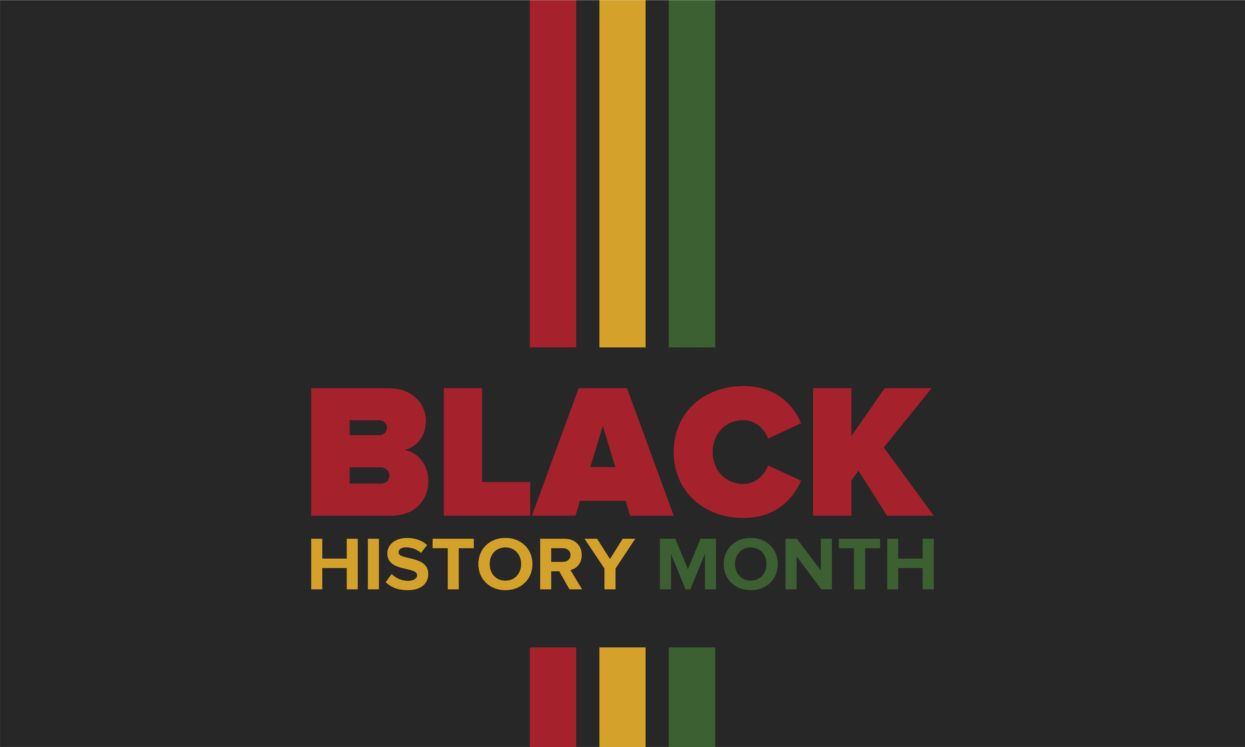When it comes to Guided Pathways, community colleges in the Central Valley are taking a team approach.
The Central Valley Higher Education Consortium, which comprises 14 colleges in four community college districts spread across nine counties, is embarking upon a unified effort to ensure Guided Pathways succeeds in eliminating equity gaps, while substantially boosting the number of students who earn a certificate or a degree.
“California is such a huge and massive state, and the three higher education systems are so large that it’s easy to be overwhelmed and overlooked,” said former Merced Community College President Benjamin Duran, Jr., who now serves as the Consortium’s executive director. “By working together through a regional consortium, we can scale up our resources and have a greater impact. The Central Valley Higher Education Consortium also will work directly with the California Community Colleges Chancellor’s Office, providing a direct link and streamlined communications to our region’s colleges.”
At its core, Guided Pathways provides students with a clear roadmap of the courses they must take, and the requirements they must meet, to reach their desired outcome. There are currently three significant initiatives underway, in regard to implementing a Guided Pathways approach.
Led by the Chancellor’s Office and funded through $150 million in grants provided through the 2017-18 state budget, the California Community Colleges Guided Pathways effort is aimed at helping every community college in the state to integrate multiple initiatives and scale up effective practices to improve lagging student success rates. To qualify for funding, each college must send a team to attend a one-day workshop, prepare a self-assessment report and prepare a multi-year action plan for implementing Guided Pathways.
The separate California Guided Pathways Demonstration Project includes 20 California community colleges, chosen through an application process in the spring of 2017, to participate in a three-year program to implement an integrated, institution-wide approach to boost student achievement. Each college taking part in the program must commit to participating in six institutes over the next three years. These events will provide training and assistance, with the goal of implementing Guided Pathways for all incoming students by fall of 2019.
The American Association of Community Colleges Pathways Project was launched in the summer of 2015 when the AACC – working in partnership with Achieving the Dream, the Community College Research Center and others – selected a group of 30 community colleges across the country to design and implement structured academic and career pathways for all students. The project design includes six training institutes over three years, led by coaches from the field. The project has been adopted by the California Guided Pathways Demonstration Project.
Several of the Central Valley Higher Education Consortium’s colleges already are leaders in the field. Bakersfield College, for example, was one of 30 colleges nationwide selected for the American Association of Community Colleges Pathways Project. Modesto Junior College, Reedley College and San Joaquin Delta College, all part of the Central Valley Higher Education Consortium, are among the 20 colleges taking part in the Guided Pathways Demonstration Project.
The Central Valley Higher Education Consortium also includes three California State University campuses, the University of California, Merced and private, independent universities.
To those who may wonder if working with a group negatively impacts the sovereignty of a college, Duran has a quick answer: “We do not have any power or authority,” he said of the Consortium. “We’re not taking anyone’s independence away. We’re here to provide the resources and the expertise, to serve as the conduit between our member colleges, the California Community Colleges Chancellor’s Office and technical support providers, so that each individual college can implement their own pathways.”
Indeed, experts in the field laud the benefits that a consortium can facilitate. A 2017 report produced by the Public Policy Institute of California, titled “Meeting California’s Need for College Graduates, a Regional Perspective,” notes that the Central Valley Higher Education Consortium, along with a similar effort in the Inland Empire, serves to improve regional coordination between education systems, higher education sectors and employers. All of these things are critical in meeting California’s need to produce 1.1 million workers with bachelor’s degrees by 2030, to keep up with economic demand.
“Any effort to close the skills gap will require streamlining the transfer pathway,” states the report. “Regional collaboration and integration of student success initiatives across systems will be essential to this effort. For example, the Guided Pathways initiative has real potential to increase transfer rates, but as community colleges begin to develop academic and career pathways, it will be important to coordinate with regional UC and CSU campuses, as well as private, non-profit colleges.”
The Central Valley Higher Education Consortium was launched in 2000, when a group of Central Valley presidents got together with chancellors representing regional colleges and universities to discuss strategies to boost access, and particularly to address the low college attendance rate of Latinos in the region. It has since evolved its mission to focus on closing stubborn achievement gaps.
“Getting students into college is not enough,” said Duran. “Too many are not completing their studies and are not earning a degree. They are getting in, but we are losing too many of them.”
In fact, the Central Valley is home to 11 percent of California’s population and 13 percent of the state’s high school graduates, but just six percent of bachelor’s degrees are awarded to residents of the region. Success rates for those seeking community college degrees and certificates aren’t much better.
It is statistics such as these that compel the California Community Colleges Chancellor’s Office to put an increased premium on clear pathways to successful student outcomes.
“Pathways are important for California Community Colleges because it provides us a great opportunity to come together and really reimagine the way our colleges interact with our students, and creates streamlined pathways to a college credential,” said California Community Colleges Chancellor Eloy Ortiz Oakley.
“We’re trying to come up with some strategies so students could succeed,” said Duran.



